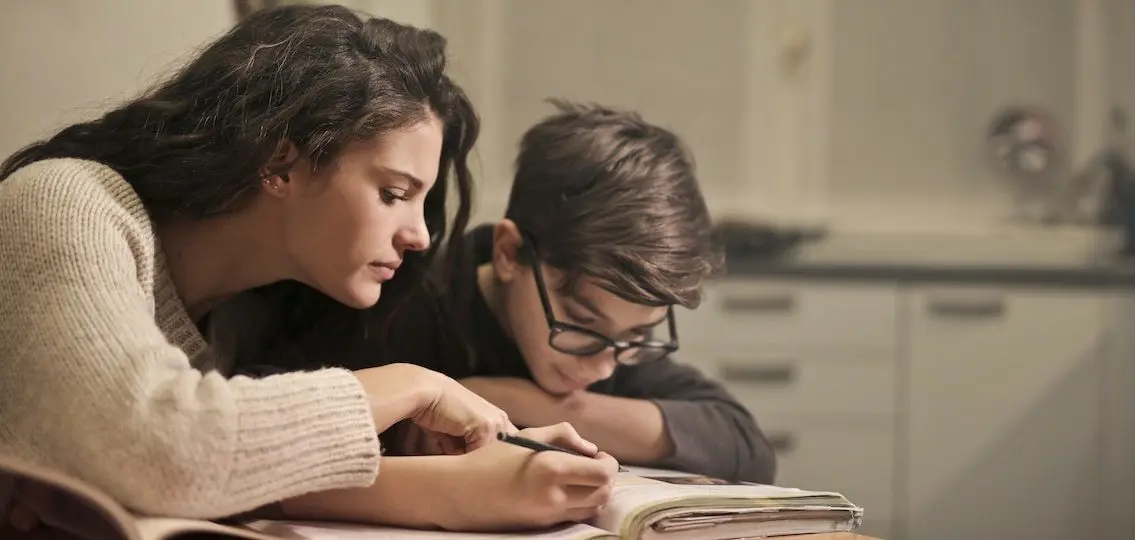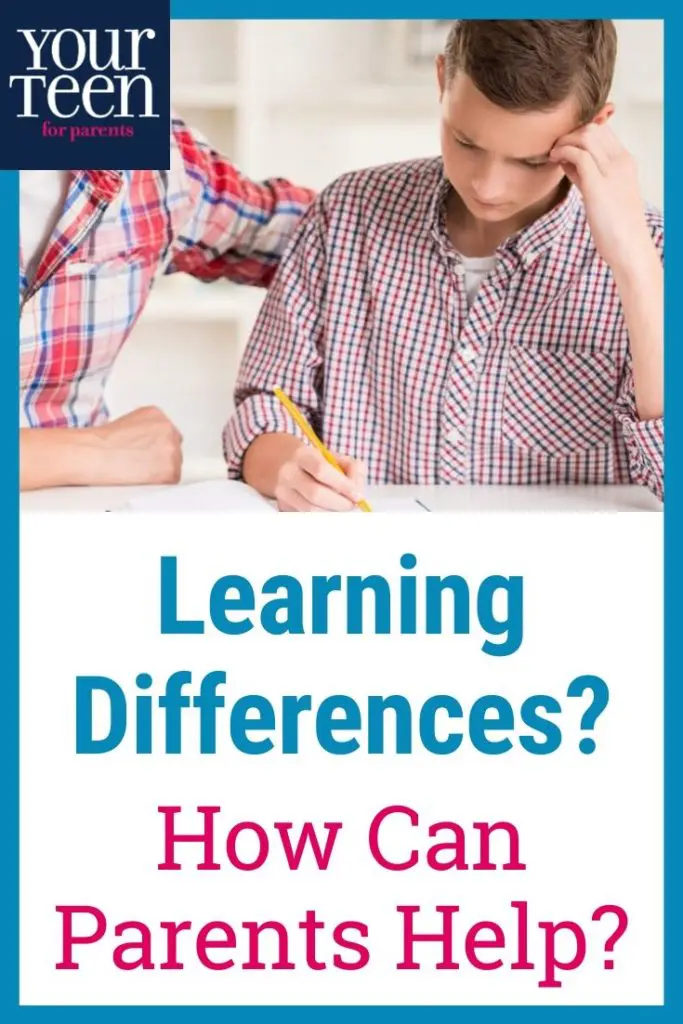Lawrence is the school of choice in Northeast Ohio for students who learn differently. Their small class sizes and specialized instruction successfully prepare students with dyslexia, dyscalculia, dysgraphia and ADHD for college and beyond. They know that great minds don’t think alike. Kelly Christian is a psychologist and the director of the Shafer Center for Learning Differences at Lawrence School, and she provided some helpful information about what a learning difference is and how parents can help their child if they have one.
| [adrotate banner=”157″] |
What is a Learning Difference?
Learning differences is a pretty broad term. There are students who have a learning disorder, such as a reading disorder like dyslexia, a written expression disorder, sometimes referred to as dysgraphia, or a mathematics disorder, sometimes referred to as dyscalculia. Some students deal with ADHD. By the time they’re adolescents, these are students have been bombarded with lots of strategies and tools to help them organize and to get their materials turned in on time, and to help them with their thinking and their process of thinking. They know all these things, but they just don’t know when to use these tools and strategies.
In the beginning, you might learn a basic two column note, for note taking and for studying. And as you advance through school, you might learn more advanced strategies, like how to annotate as you’re reading. And so a student with ADHD will learn all these strategies and in the moment, they just forget to use them when they’re supposed to. That’s why the best way I describe those with ADHD is that they’re consistently inconsistent, which is what makes teaching them challenging and what makes parenting kids with ADHD challenging.
| [adrotate banner=”166″] |
Even those these behaviors are somewhat developmentally normative, for these students, it is just much more exaggerated and has impairing effects. Rather than being able to play catch up at the end of the week, they really continue to fall apart and snowball and snowball until their family becomes more hands on.
The challenges students with learnings differences come from not being able to keep up and keep pace with their peers.
Students with learning differences generally are really bright. But if it’s a reading disorder, for instance, they’re going to struggle to read fluently at a pace similar to their peers, or their spelling is really poor as a function of their dyslexia. When they have to read or write something, it’s going to take them much longer to do that task because the nature of dyslexia is that it’s neurobiological and requires much more brain power to get the task done than someone without dyslexia. So they fatigue quickly.
And because their spelling is poor, and they’re a bright kid, often what they’ll do is they’ll try when they’re writing to use other words that they know how to spell, rather than use the words that they want to use. So their writing is often not as sophisticated as their ability to tell what they know.
Another challenge is if a student does not understand their disorder well, they may not know how to self advocate.
They don’t know themselves as a student, and what they do really well versus what they struggle with. Even though parents sometimes feel that they’re protecting their child by not labeling them, doing that doesn’t really help them. If we can define what the concern is, then children can embrace it and be able to self advocate. The biggest misconception for kids with a learning disorder is that they’re not smart. But by definition, a learning disorder means that you have to be smart and have unexpected underachievement, a gap between how bright you are and what your academic output looks like.
That’s why it can be really helpful for kids to know that, “Okay, it’s not that I’m dumb. It’s that my brain does not use this intuitive simple pathway to read or write or complete a math problem.” Instead, it’s utilizing a pathway that requires multiple areas of your brain to function at the same time.
What Can Parents Do?
A lot of clinicians have brought up the importance of mindfulness and being present. And that is one huge factor for students with learning disorders or learning differences. At Lawrence School, we actually teach mindfulness. And then we also utilize strategies like square breathing to help students visualize the calming down method, while breathing in slowly for four, holding for four, breathing out for four, holding for four, and doing that over and over again.
We reinforce that for our Upper School students. The cover sheets of our exams all have that visual of square breathing on top of the exam. It’s just a reminder to have your mind become more still and calm so that you can think as efficiently as you can and have the best opportunity to show us what you know on this math test.

If you can reduce your stress level, your thinking will be much more fluent. Since kids with learning differences are not as fluent as their peers, they need more time to show what they know.

